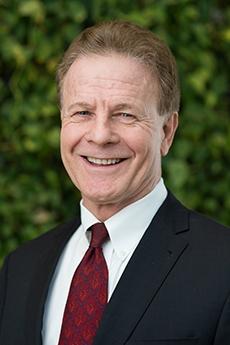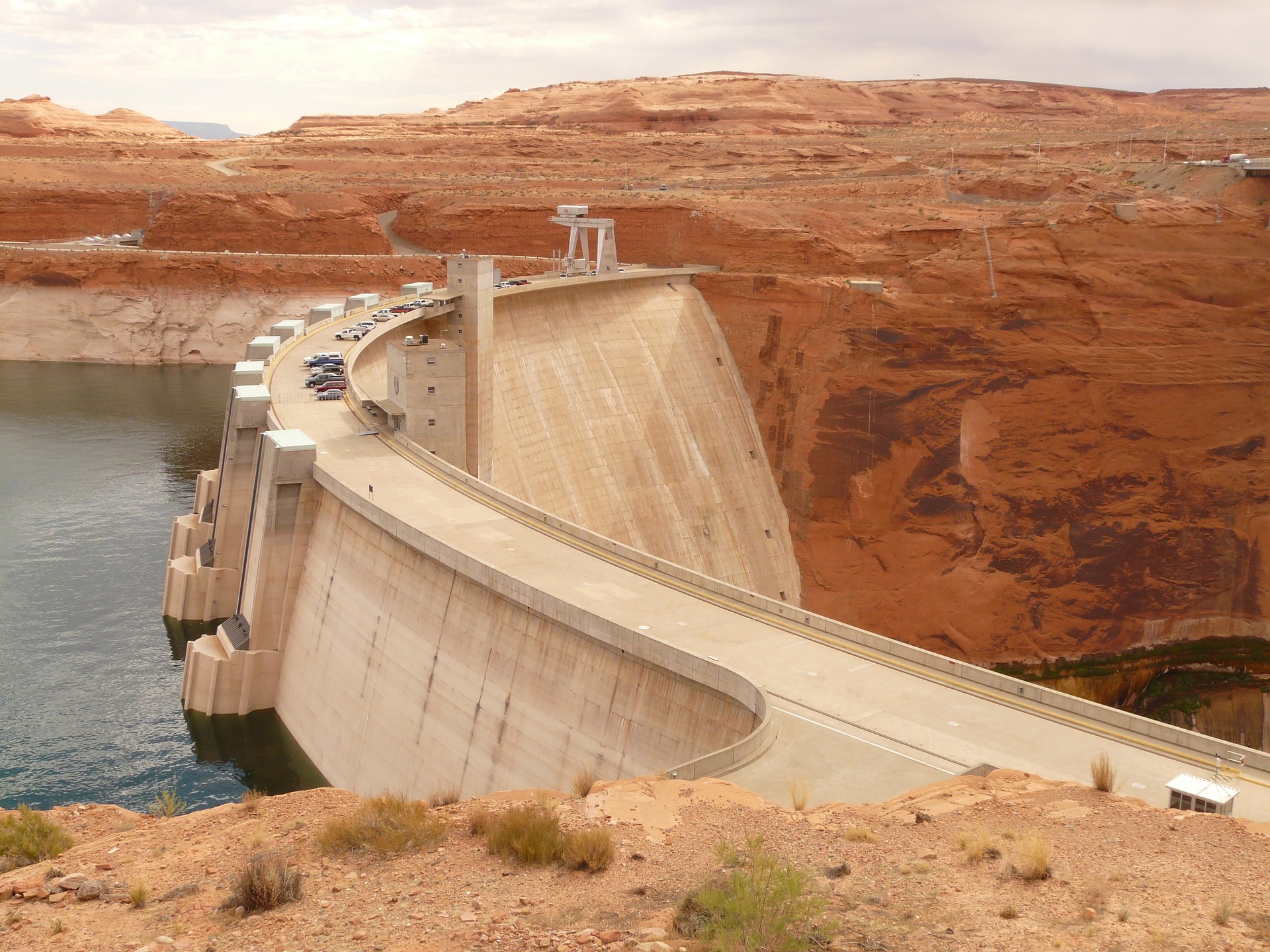After a series of rain and snow events across California lately, nearly two-thirds of the state is now drought-free, according to data released last week by the U.S. Drought Monitor. The report shows roughly 36% of the state is experiencing a drought, compared to 100% a year ago and nearly 98% just three months ago. Despite this latest report, one professor at the George Washington University says “climate whiplash,” not drought relief, is the big storyline in California.
If you would like more context on this matter, please consider Jonathan P. Deason, co-director of GW’s Environmental and Energy Management Institute and a professor in the School of Engineering and Applied Science. He conducts research in the areas of net zero water and energy for military installations, transition of energy sources from fossil to renewable, decision support systems for environmental and energy management, optimal investments in environmental and energy projects, and environmental and energy systems analysis.
Deason says the California rainfall news might make people think the megadrought is over, when it in fact is not the case.
“First of all, that 180-degree switch-around in California really hasn’t helped the states to the east very much. The rainfall has provided only minimal relief to the other Colorado River Basin states,” Deason says. “And even in California, there likely will be problems to which people aren’t paying sufficiently close attention. Although a lot of attention of course has been paid to the severe flooding, not enough has been paid to the fact that a lot of that new water will evaporate during the summer. While at the same time, the news may make many people think about easing back on water conservation, which could make the drought problem worse in the long run.”
Deason adds that all the recent rainfall will mean explosive growth of vegetation in the coming warm months, leading to more dry vegetation in late summer and fall, increasing fuel for California’s wildfires.
If you would like to speak with Professor Deason, please contact GW Media Relations Specialist Cate Douglass at cdouglass gwu [dot] edu (cdouglass[at]gwu[dot]edu).
gwu [dot] edu (cdouglass[at]gwu[dot]edu).
-GW-




